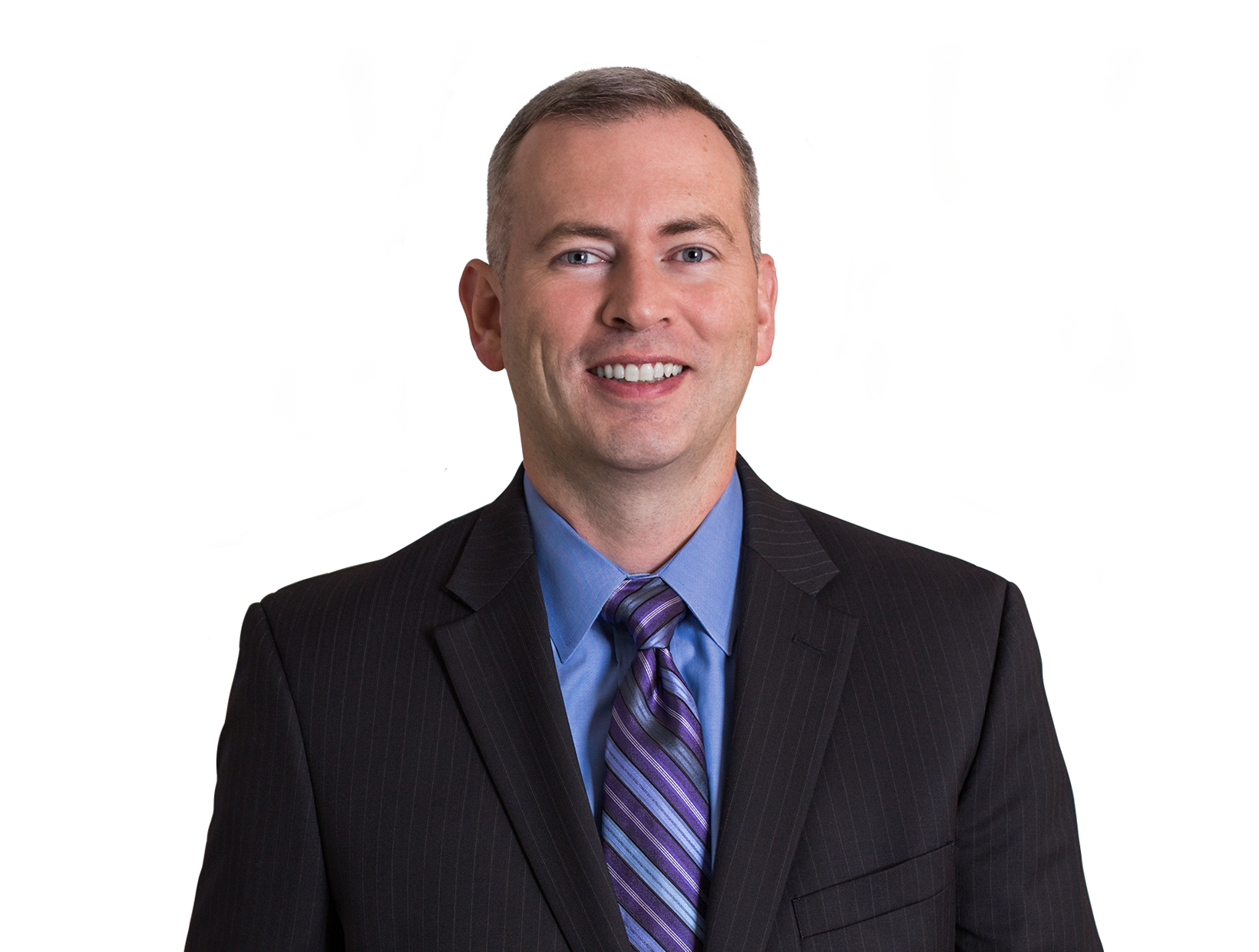Blog
Post-Prosecution Pilot ("P3") Program
Fish & Richardson
Authors
-
- Name
- Person title
- Principal

Co-Authored by: Patrick Darno
In a further effort to reduce the number of patent applications that are backlogged with the Patent Trial and Appeal Board, the United States Patent and Trademark Office (USPTO) recently heralded a new review proceeding, referred to as the Post-Prosecution Pilot ("P3") program. The P3 program is intended to provide additional options to the current alternatives of appeal and after final practice, namely the Pre-Appeal Conference and After Final Consideration (AFC) programs. Among other distinctions over the current Pre-Appeal Conference program, the P3 program affords applicants the opportunity to make an oral presentation of up to twenty minutes to a panel of up to three examiners, including the use of presentation materials, without requiring the filing of a Notice of Appeal.
Applicants that wish to participate in the P3 program must file a request, along with written arguments of no more than five pages, within two months from the notification date of a final rejection and before the filing of any Notice of Appeal. Although there is no official fee for participating in the P3 program, availability is restricted to the first 1,600 total requests, or 200 requests from each Tech Center, that are made before January 11, 2017. An applicant may not request the review of an application under the P3 program, then later request review of the same application under the Pre-Appeal Conference or After Final Consideration programs, until after prosecution is reopened.
Comparison To Existing Alternatives to Appeal
Although the P3 program seeks to improve on noted drawbacks of existing alternatives to appeal, this initiative still suffers from many of the same disadvantages. For instance, although the P3 program allows an applicant to gain supervisory insight into the prosecution of a pending case through participation in an oral presentation, applicants remain barred from the actual deliberation, which may be attended by the Examiner, and decisions to uphold a rejection will be rendered with only a short summary of the underlying rationale.
Some noteworthy, distinctive advantages of the P3 program include the ability to:
- Request supervisory review without filing of a Notice of Appeal, and without incurring an official fee.
- Conduct an oral presentation of up to 20 minutes, including the use of demonstration materials.
- Submit an optional, non-broadening claim amendment for consideration if the panel preliminarily upholds a rejection of the primary argument.
Furthermore, decisions to uphold a rejection are to be documented by a short summary of reasons, versus a simple yes/no indication.
Significant disadvantages include the restriction against participating in the Pre-Appeal conference or AFC processes for the same office action, as well as the fact that participation in the P3 program does not toll the period for response to the outstanding office action.
Click here to view a full comparison of the P3, Pre-Appeal Conference, and AFC programs.
Issues for consideration
Although the P3 program does provide additional incremental advantages over existing after-final, appeal alternative programs, not every patent application that has received a final rejection is a good candidate for this new form of review. Instead, in line with the good counsel of your patent attorney, an applicant should evaluate numerous key issues before determining whether, on the balance, participation in the P3 program is likely to bear fruit, and is worth the cost. Nevertheless, the short term novelty of the program to the patent examiner, combined with the restriction of the number of applications that may participate in the P3 program, suggest that any patent application that has received a final rejection in the second half of 2016 be at least considered for participation.
The opinions expressed are those of the authors on the date noted above and do not necessarily reflect the views of Fish & Richardson P.C., any other of its lawyers, its clients, or any of its or their respective affiliates. This post is for general information purposes only and is not intended to be and should not be taken as legal advice. No attorney-client relationship is formed.